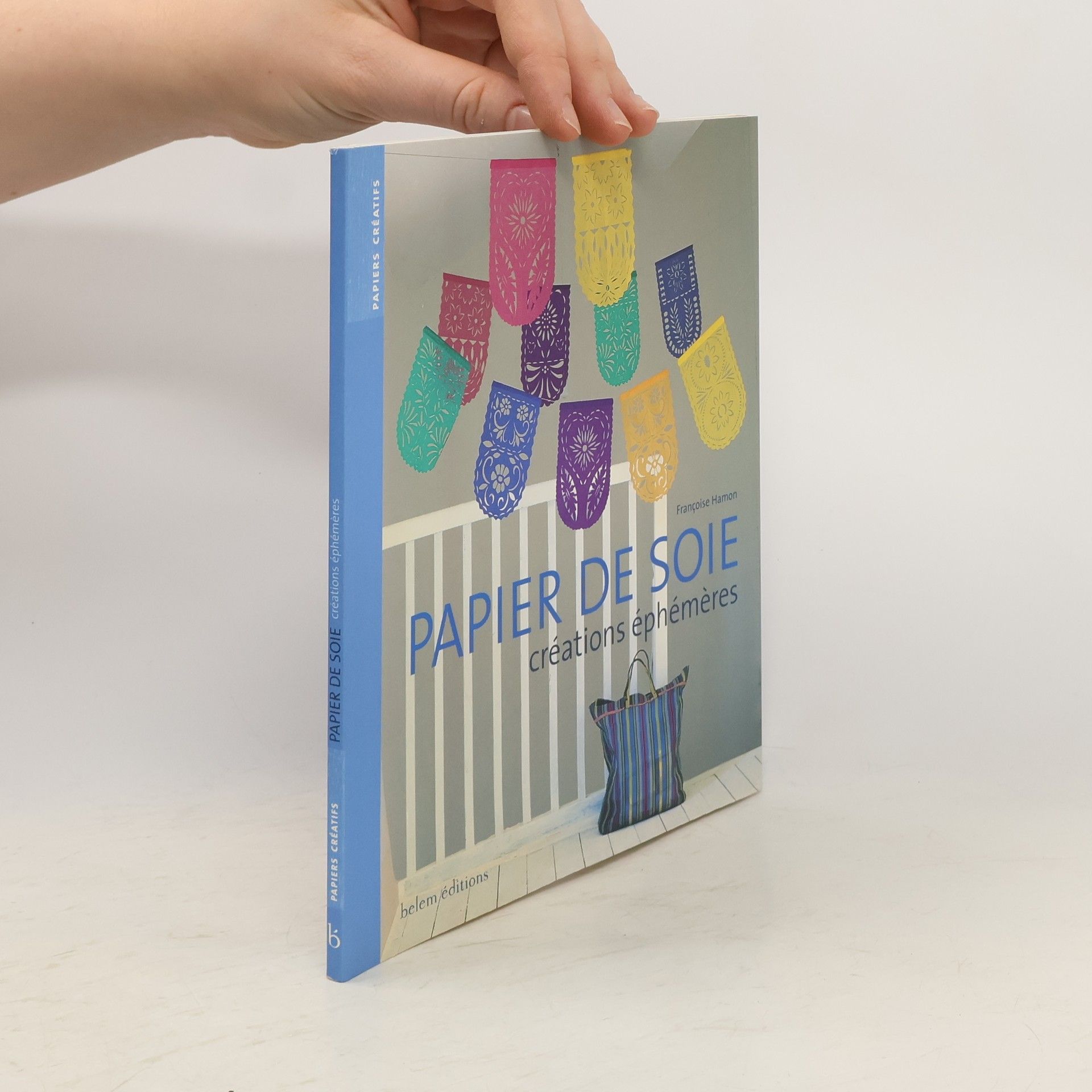Seit den frühen 80er Jahren ist die französische Photographin Bettina Rheims, geb. 1952, eine der international gefragtesten Vertreterinnen ihres Metiers. Und seit ihren Anfängen steht der weibliche Körper im Zentrum ihres künstlerischen Interesses. In unkonventionellen und oft provozierenden Portraits und Aktaufnahmen bringt sie immer wieder Wesenszüge ihrer Modelle zum Vorschein, die verschüttet, verborgen und meist wohl gehütet sind. Mit ihren Serienprojekten geriet sie regelmäßig ins Kreuzfeuer der Kritik, sei es mit KIM (1991), einer Dokumentation über Transsexuelle; Chambre close (1992), der Geschichte eines Voyeurs, der Frauen in Pariser Hotels photographiert; I. N. R. I. (1999), einer gewagten Umdeutung biblischer Szenen; Shanghai (2004), einer Studie über weibliche Selbstbehauptung inmitten des kulturellen, wirtschaftlichen und mentalen Umbruchs, und schließlich Héroïnes (2006), ihrem bisher jüngsten Projekt. Unser Band, zu dem Philippe Dagen, Kunstkritiker von Le Monde und Professor für Kunstgeschichte an der Sorbonne, einen Essay schrieb, gibt – nach dem Prinzip The Best of … – einen repräsentativen Überblick über Bettina Rheims’ photographisches Werk der letzten dreißig Jahre.
Philippe Dagen Bücher



Barthelemy Toguo (bilingual edition)
- 304 Seiten
- 11 Lesestunden
Exploring the intersection of political geography and personal experiences, this book delves into how geographical contexts shape individual lives and societal interactions. It examines the influence of borders, spaces, and places on identity and relationships, highlighting the dynamic interplay between political structures and personal narratives. Through insightful analysis and compelling stories, it reveals the profound impact of geography on human behavior and social connections.
Explique étape par étape comment réaliser des créations éphémères en papier de soie.